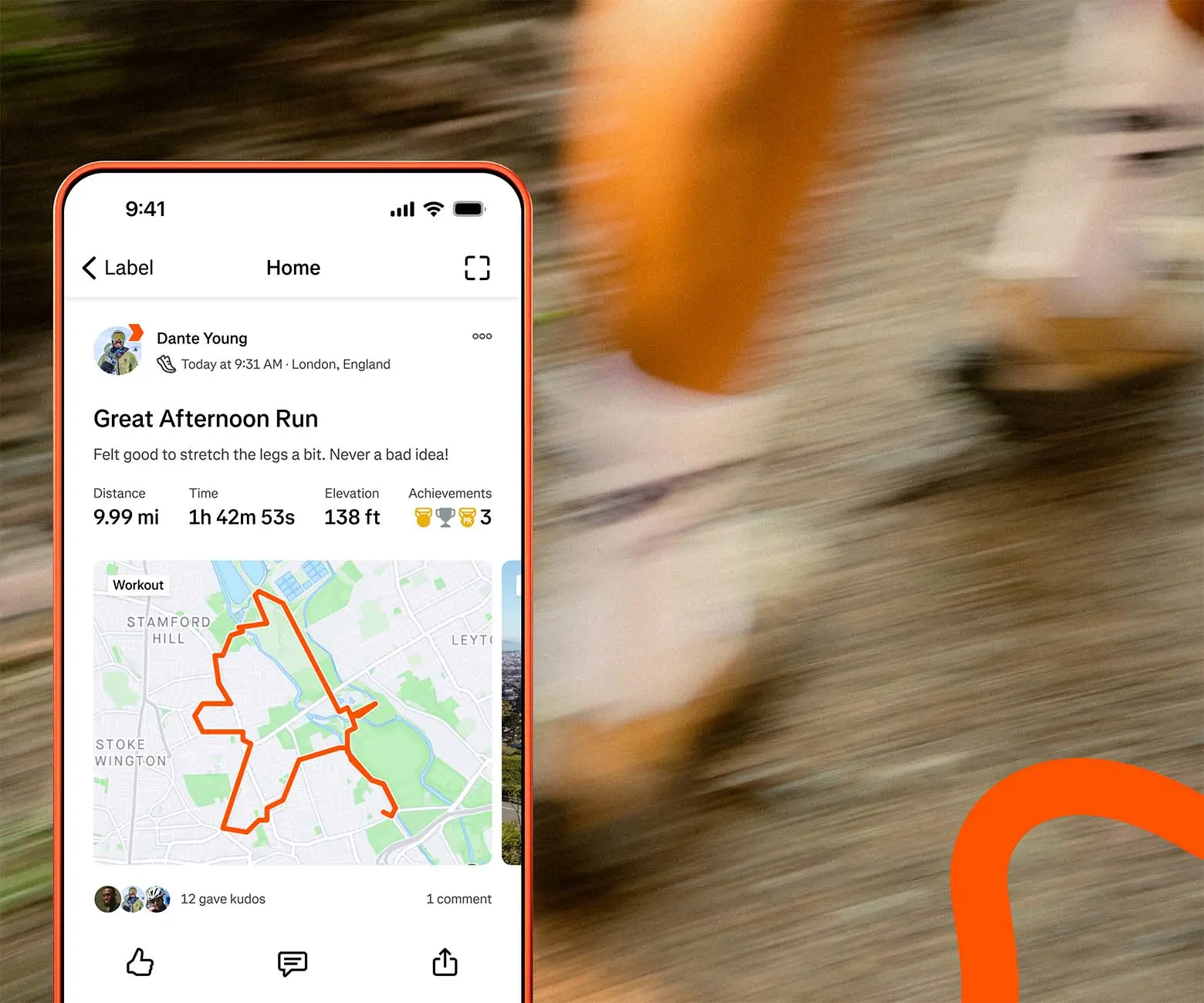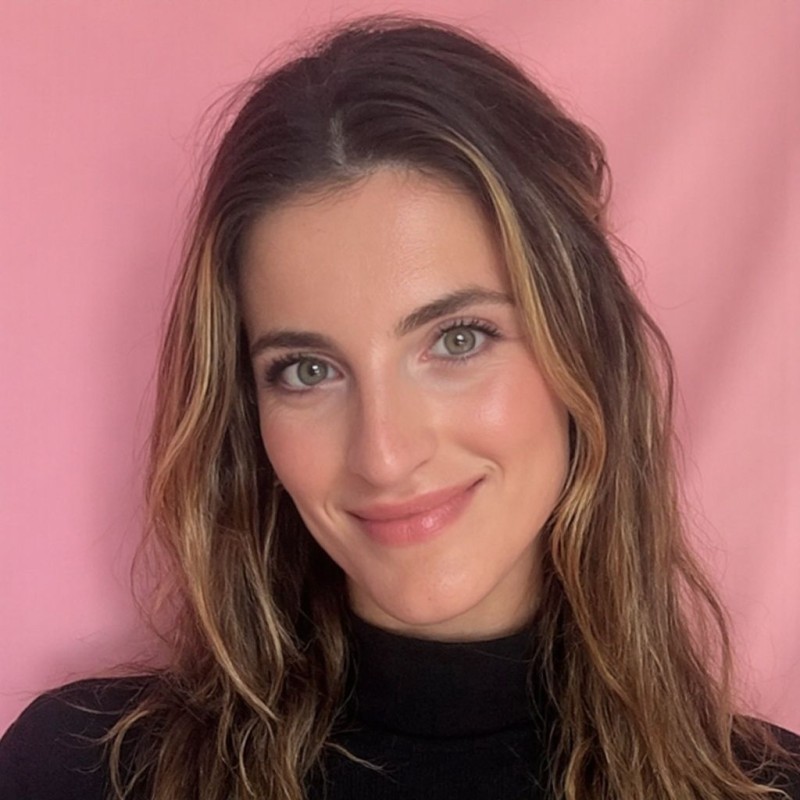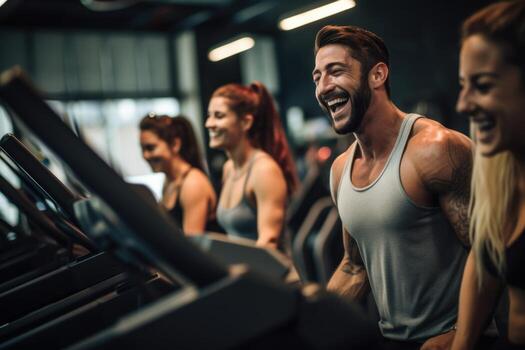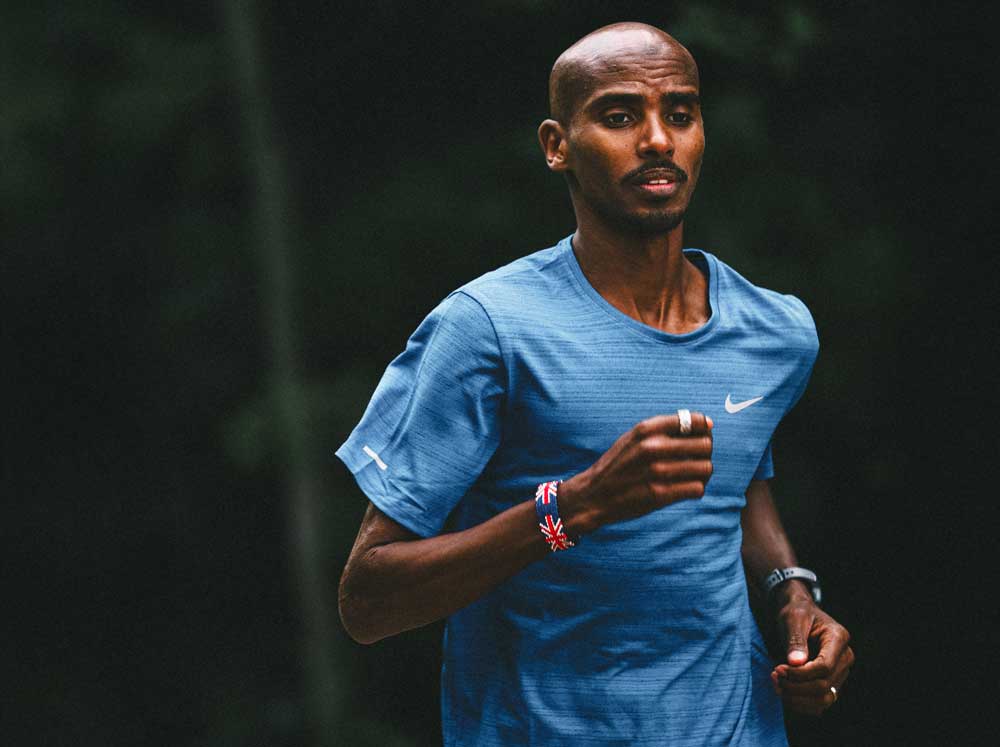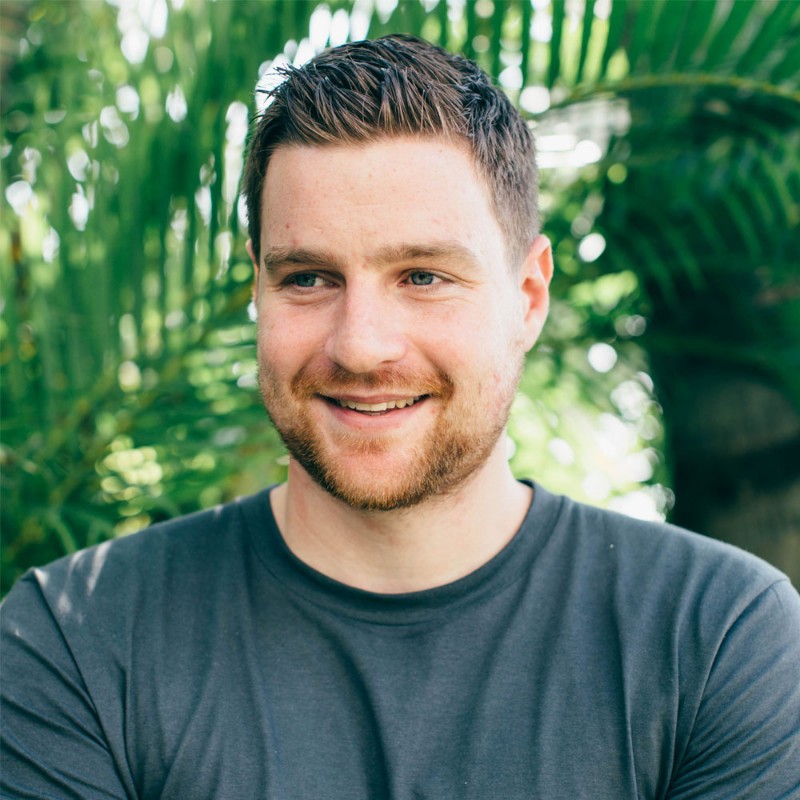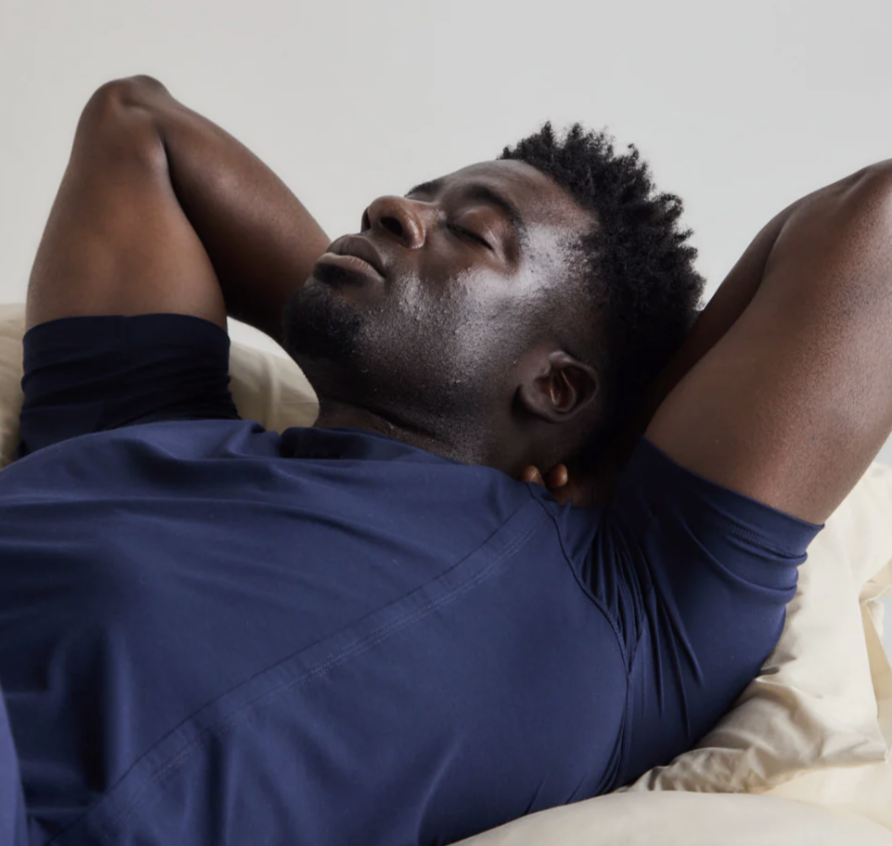Dr. Andrew Huberman’s daily routine: Breaking down his perfect morning
In a recent interview, Dr. Rhonda Patrick got the details on how Dr. Andrew Huberman, neuroscientist and host of the Huberman Lab podcast, starts his day with an optimal morning routine to feel his best. They covered everything from wake-up time to his morning non-negotiables (hydration and sunlight), his workout routine, and more.
Read on for the breakdown, the science, and some insights into exactly how Dr. Huberman starts the day.
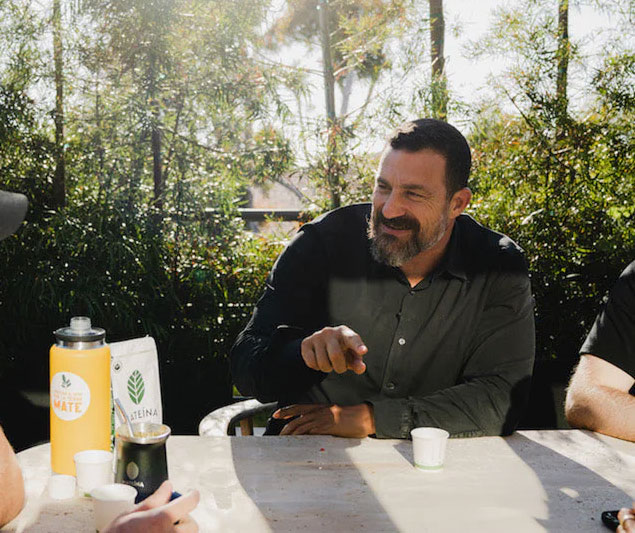
Dr. Andrew Huberman (image via Mateina Yerba Mate)
Early morning: Wake up around 6 am
Dr. Huberman likes to start his mornings bright and early. He typically wakes up by 6 am, which means that the night before he likes to hit the sheets around 10 pm, sometimes 11 pm. Keeping a consistent sleep-wake schedule is crucial for his overall routine.
In fact, a recent study analyzing over ten million hours of data from around 70,000 participants found that maintaining a regular sleep schedule is a better predictor of longevity than sleep duration.
Just like the rest of us, some mornings, Huberman wakes up not feeling fully rested. On those days, he spends some time (20-30 minutes) doing yoga, nidra, or another form of Non-Sleep Deep Rest (NSDR).
NSDR involves techniques designed to induce a state of relaxation and reduce stress. This can include methods like progressive muscle relaxation, where you systematically tense and then release each muscle group, or guided imagery, where you visualize calming and peaceful scenes.
Yoga Nidra, often referred to as “yogic sleep,” is a form of guided meditation that promotes deep relaxation and rest. During yoga nidra, you lie down and follow a guided meditation that takes you through various stages of body and mind awareness, helping to achieve a state between wakefulness and sleep.
These short relaxation or meditation sessions help Dr. Huberman feel more refreshed and ready to tackle the day with high energy levels, even if his sleep hasn’t been perfect.
Dig deeper: Dr. Andrew Huberman’s supplement stack
Hydration
Dr. Huberman emphasizes the importance of starting the day with proper hydration: “I like to hydrate first thing in the morning. I try to drink 16 to 32 ounces of water.”
Our bodies continue to work as we sleep—breathing, sweating, detoxing, and so on. All of these processes require water, which is why many people wake up slightly dehydrated. Giving yourself a good amount of water in the morning can help replenish your water stores and get your hydration back on track for the day.
Additionally, Dr. Huberman told GQ he uses the electrolyte drink LMNT for morning hydration, noting that some people use sea salt and lemon to replenish electrolytes.
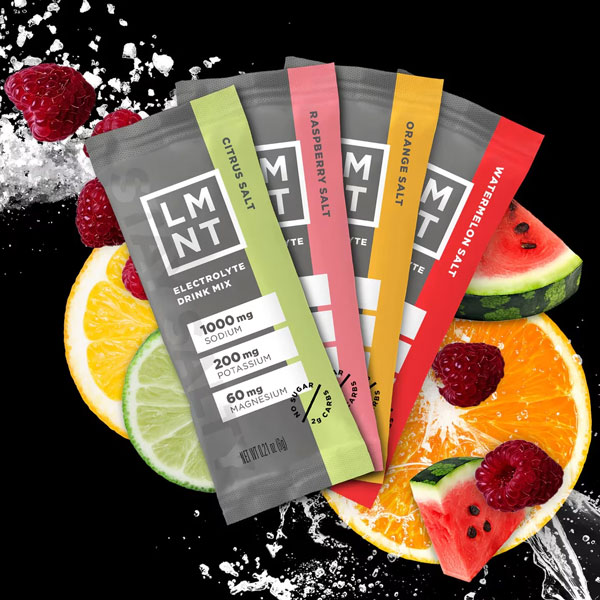
After he hydrates, Dr. Huberman enjoys a little caffeine in the morning to kick-start his workouts. He either drinks coffee or Mateina Yerba Mate, sometimes both.
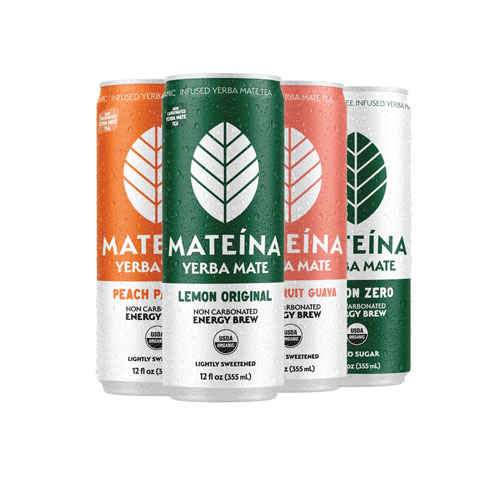
For those who prefer to work out later in the day, Dr. Huberman recommends delaying caffeine for 90 to 120 minutes after waking up to avoid an afternoon crash.
Once he’s taken care of his hydration, step two of his routine is getting some morning sunlight.
Sunlight
Natural light exposure in the early morning causes a beneficial cortisol peak, which increases energy and alertness and promotes a positive mood. Early morning sun exposure also assists your circadian rhythm, setting you up for a good night of sleep.
How much sunlight do you need?
Dr. Huberman recommends:
- On a sunny day, get out for at least five to ten minutes.
- On a cloudy day, at least 10 to 15 minutes.
- And on a heavily overcast day, aim for 30 minutes.
While exposing yourself to natural sunlight is key, he warns not to look directly at the sun but rather towards the direction of the sun to allow your eyes to register the light without harming them. Wearing glasses and contacts is okay, but if you want to get the most out of the sunlight, avoid wearing sunglasses.
Huberman recommends walking outside as you take in your morning sunshine to optimize something called optic flow. As he explains:
“Optic flow is a phenomenon that occurs when we generate our own forward motion, such as when walking, biking, or running. Visual images pass by our eyes, generating a flow of information that has a powerful effect on the nervous system. Optic flow has been shown to reduce the amount of neural activity in the amygdala, which is a brain structure that generates feelings of fear, threat, and anxiety.”
If he isn’t able to make it outside or the sun is hiding, Dr. Huberman sits in front of a 10,000-lux light that mimics the sun and can help with issues like Seasonal Affective Disorder.
Breathwork
Although he doesn’t use breathwork daily, Dr. Huberman recommends the “physiological sigh” when feeling stressed. As he explains:
“It’s just two inhales through the nose followed by a long exhale to empty the lungs.”
His lab published a clinical trial in collaboration with David Spiegel’s laboratory at Stanford, which showed that five minutes of cyclic sighing breathwork a day led to positive changes in resting heart rate, blood pressure, sleep, and mood.
The Practice:
- Take a deep inhale followed by a second, ‘top-off’ inhale to maximally inflate the lungs
- Release all your air with a full “lungs-to-empty” exhale
- Repeat 2–3x
If you need a boost in energy, he also recommends “cyclic hyperventilation” for the opposite effect. This type of breathing releases adrenaline, causing hyperventilation and neural excitability, shifting your nervous system into a state of alertness.
The practice:
- Take a deep inhale through your nose, immediately followed by a deep exhale (active or passive) through your mouth.
- Repeat the above 20–25 times, then fully exhale until lungs are empty.
- Hold for 15–30 seconds.
- Repeat for up to 5 minutes total.
Unlike the calming effect of the physiological sigh, this breathing pattern ramps you up, so you may feel a little tingly or agitated during the exercise.
Workout routine
Dr. Huberman’s workout routine changes daily, giving him plenty of time to focus on different body parts and fit in some rest days as well.
He shares that exercise not only helps to regulate your energy levels but also has a positive impact on immunity, blood sugar, and hormonal balance.
Here’s a breakdown of what his week looks like:
- Monday: Leg day (hack squats, glute ham raises, leg curls, leg extensions, & calf raises)
- Tuesday: Rest day with heat and cold exposure (20 minutes sauna, 3-5 minutes cold, repeat 3x)
- Wednesday: 20-35 minute run at a faster pace (~85% effort)
- Thursday: Torso day (overhead pressing, dips, pull-ups, rows, & neck exercises)
- Friday: VO2 max training on an Assault bike (10 seconds hard, 20 seconds rest, repeat 8x)
- Saturday: Biceps, triceps, calves, & abdominal work
- Sunday: A long ruck or hike, often with friends
In addition to mixing it up, he makes a point to limit his workouts to 45-55 minutes of work so he has energy to spare, which turns into mental energy that he needs later in the day. He finds that going all-out to exhaustion during his workouts leaves him feeling physically and mentally depleted in the afternoon.
The formula that he finds works best for him includes:
- Limiting 80-85% of his workouts to 80-85% intensity (meaning he isn’t pushing past an hour of total work, or doing reps to failure).
- Making around 10% of his workouts a bit more difficult (around 90% intensity) to push himself.
- Around 5% of workouts (a few per year), he’ll go all-out to exhaustion.
In addition to conserving his energy, working out within these limits helps him avoid pain and injury, which could set him back farther than the potential gains could push him forward.
Simply put: “The best way to get and stay in great shape is to not get hurt.”
11 am: First meal of the day
Generally speaking, for nutrition, Dr. Huberman tries to emphasize non-processed (or minimally processed) foods and limits his alcohol intake.
Although he enjoys the occasional piece of pizza or croissant, he explains that eating a clean diet isn’t about deprivation for him. In fact, he finds that by eating the way he does he’s able to have heightened sensory experiences. Conversely, he explains that eating junk foods creates a kind of cloak over his senses, and he finds that doesn’t enjoy life as much.
He doesn’t mention intermittent fasting specifically, but he’s typically not hungry until around 11 am, so breakfast looks more like a combination of lunch and breakfast. Some of his go-to foods during this time of day include meat, berries, rice, oatmeal, and some vegetables.
In his interview with GQ, Dr. Huberman notes lunch is “almost always going to be some quality protein,” usually three or four scrambled eggs, a piece of grass-fed meat, a piece of grass-fed chicken, or some fish. If can’t get any of those sources, he likes the unflavored whey from Momentous.
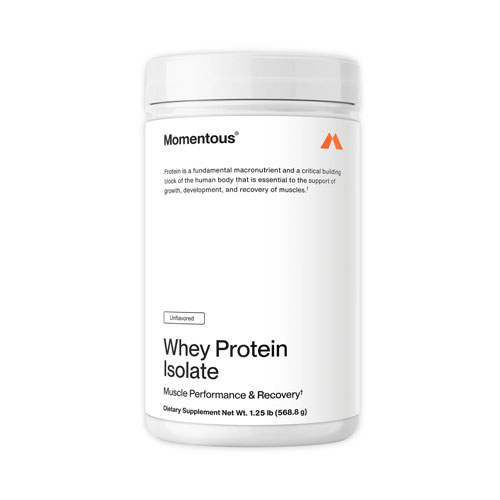
In the afternoon, he snacks on a protein drink, some nuts, Maui Nui jerky, or bone broth. For dinner, he tends to emphasize less protein. Although he knows this is counter to what most people say, he finds that choosing more vegetables, pasta, rice, and so on works better for his body than a protein-rich meal at night.

Takeaway
Dr. Huberman’s optimal morning routine may not be the exact protocol that will work for you, but several aspects of his daily practice may hold value.
For instance, getting some sunlight first thing in the morning is a great way to stimulate your cortisol and enhance your energy levels, and may even impact your mental health. And waking up early could be the key to getting your circadian rhythm on track, balancing your hormones, and giving you a boost in your physical activity.
Other self-care practices he mentions, like hot and cold exposure, avoiding processed foods, breath work, and practicing yoga nidra, all work together to provide stress management, which we all know is a cornerstone of optimal health.
Huberman also mentions some interesting counter-culture approaches. For example, he finds that avoiding workout out to fatigue is the best way to optimize his energy levels throughout the day. He also finds that keeping his dinner more carb-heavy than protein-rich allows him to feel his best.
If there’s one thing we can take away from Dr. Humberman’s advice, it’s to try everything and see what works best for you and your body.

 Published on Jun 20, 2024 by
Published on Jun 20, 2024 by 

